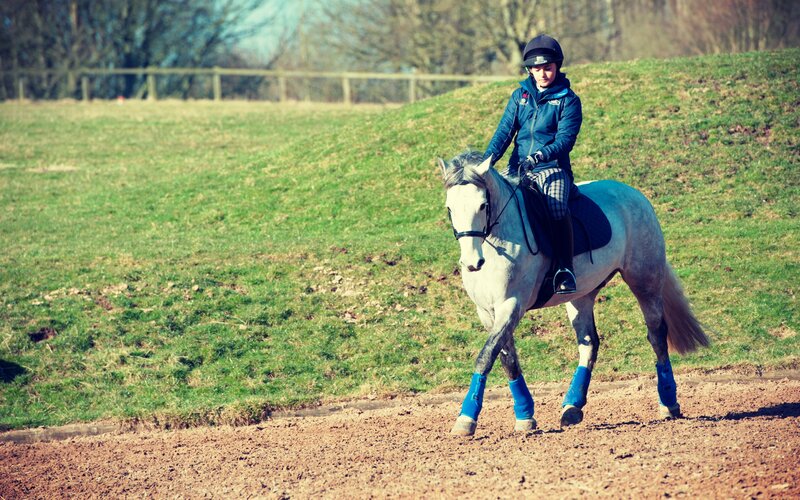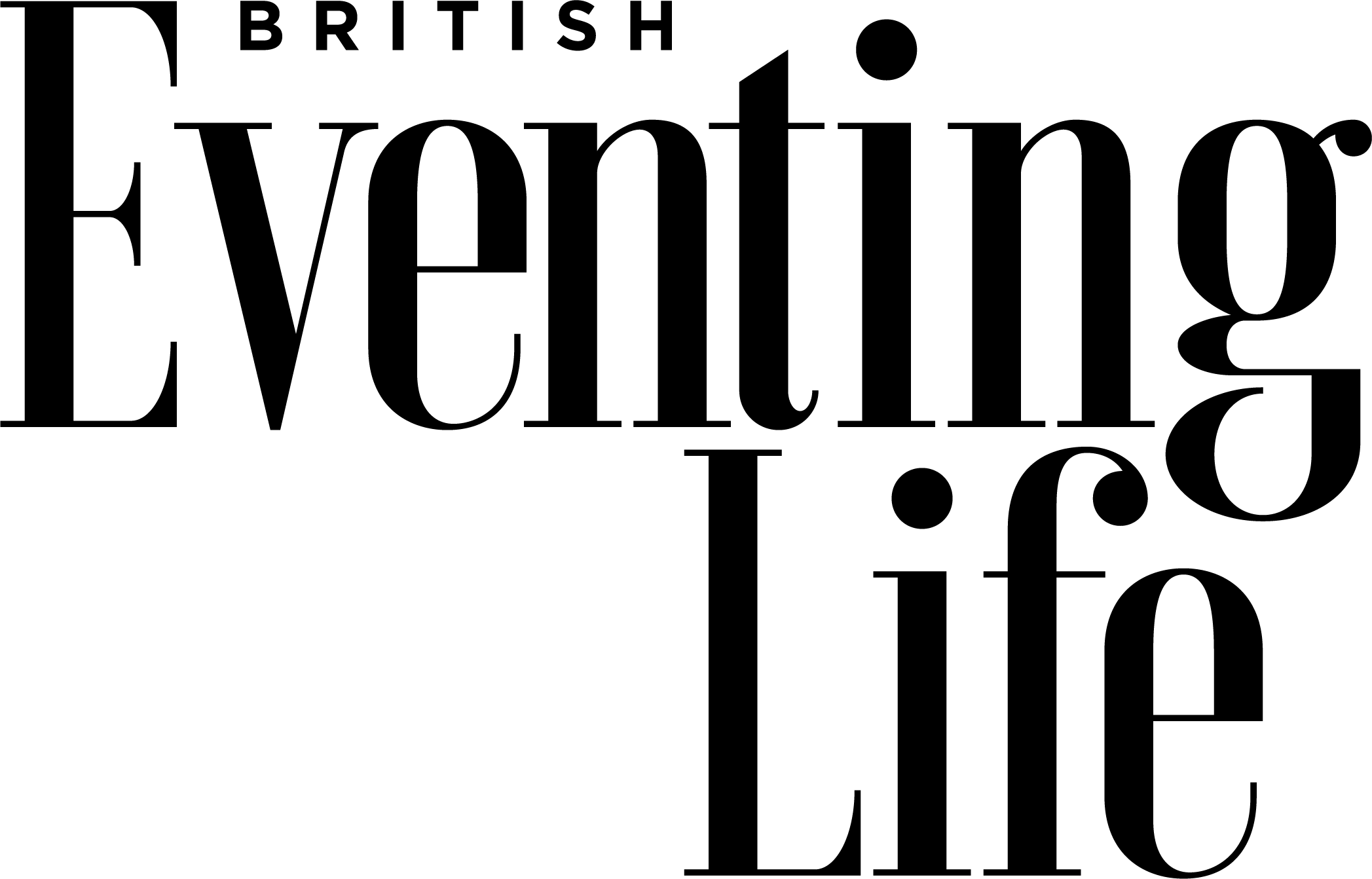
Warm-ups for winter
Senior Orthopaedic Advisor at the Animal Health Trust Dr Rachel Murray explains how to warm up your horse effectively.
As we go into the cold season, it’s important to make sure that we prepare our horses properly for exercise in the cold weather in order to avoid injury and get the most out of the training session.
As we go into the cold season, it’s important to make sure that we prepare our horses properly for exercise in the cold weather in order to avoid injury and get the most out of the training session.
What is a warm-up?
A warm-up is the process of warming up or increasing the temperature of the horse’s body, which means it can exercise more safely and efficiently and perform better. It is important not to confuse the warm-up with stretching. Stretching before exercise can potentially increase the risk of injury because the muscles, tendons and ligaments are not ready and flexible enough to be stretched to their limits. Stretching can be useful to improve flexibility but should be done after exercise.
How does warming up prepare the horse’s body to work hard?
Increased body temperature widens the blood vessels and makes it easier for the heart to pump blood around the horse, taking more blood to the muscles that are used in exercise.
When the horse is hotter, more oxygen is taken from the lungs to the muscles, where it acts as a fuel for the muscles during training. The warm-up encourages the muscles to produce energy for exercise using this oxygen in aerobic metabolism and not by producing lactic acid, which can accumulate and potentially make the muscles sore and damaged.
After warming up, the muscles contract more strongly and quickly, and become more pliable, protecting them from injury. The nerves controlling the muscles are more sensitive and work faster at higher temperatures, making reactions quicker. The warm-up of tendons and ligaments can result in change of their structure and strength, and improve their flexibility.
How is it appropriate to warm up a horse for a training session?
There are three stages involved in a warm up:
- Stage one – passive warm-up. The horse’s body temperature is increased externally by using rugs or putting the horse into a warm environment. Starting warm-up by using an exercise rug on a cold day is an example of passive warm-up.
- Stage two – general warm-up. This involves non-specific general movements to increase temperature. Energetic walk, slow trot and gentle canter can be used. In warm weather this can take five to 10 minutes of gentle movement gradually increasing in intensity, but this period can – and should – take considerably longer in cold weather.
- Stage three – specific warm-up. This involves practising the type of movements that the horse will be doing in the actual training session (or competition). For example, transitions and circles to improve co-ordination, flexibility and patterns of nerve and muscle function. This is the section that is likely to be extended when warming up for a competition.
Is the warm-up affected by weather?
In cold weather, the warm-up will generally take longer overall, so using passive warm-up is more important. The general warm-up stage is the part that should be extended. In hot weather, warm-up time can be shortened and should ideally be done in the shade.
What about cooling down?
Do not forget that cooling down by continuing to move for 10 to 15 minutes at the end of a training session is also important. This period is useful to remove waste products from the horse’s system and physically cool the horse down, as well as the benefit of ending a session mentally relaxed.
For more advice on training visit the BE Training and Education page to find a course near you.
